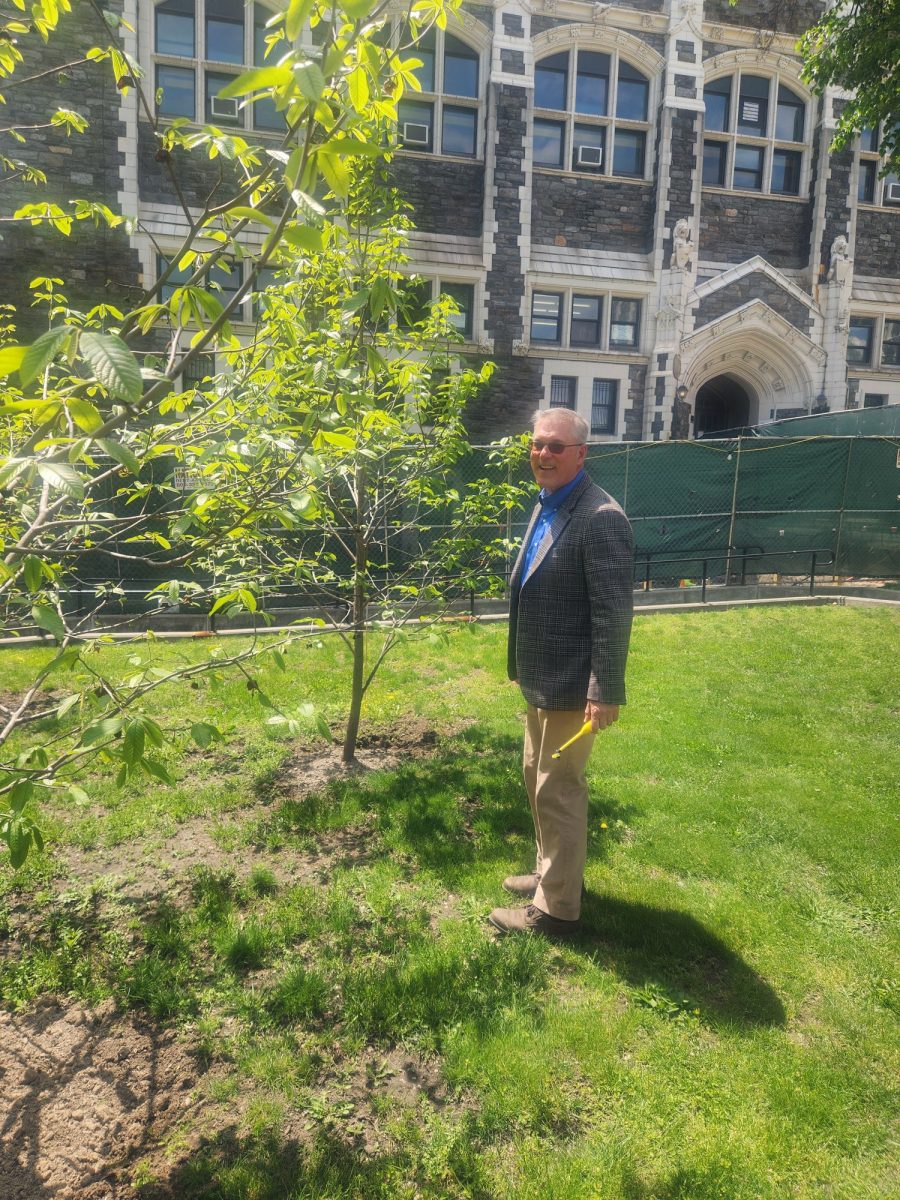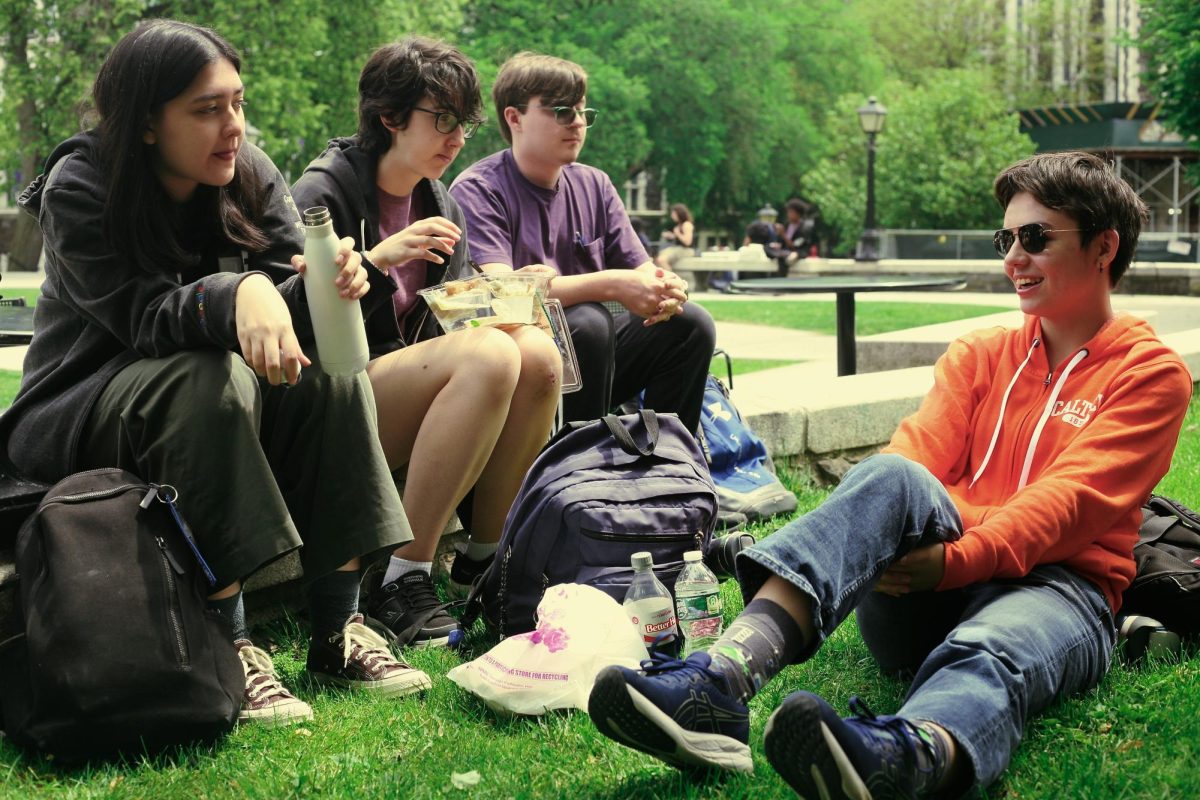The MTA has problems. We all know that, and we can all think of a few off the top of our heads. Believe it or not, there are places outside New York City that have subway systems, and many of them are quite a bit better than ours. Many people would say that the subway and buses are too slow, too crowded, and too unreliable. Those who have studied trains too much (i.e., foamers) would likely use words no one needs in daily life, like “interlined,” “capacity,” “CBTC,” and the like. Let’s go through five big issues one by one and see what lesson the MTA should take from where.
Don’t worry, I’ll try to explain them in English.
Passenger Capacity: This one is fairly simple. How do we make trains and buses less crowded? The logical answer is to run more of them. However, that comes with its own problems, such as bus depot or subway yard and subway line capacity. It’s not always possible to simply run another train, because expanding depots and yards is exceedingly difficult. How can the MTA make the most of the resources they already have? Well, one way is to replace older trains with new trains that have open gangways (no doors in between cars). Montreal, Berlin, and Brussels already have these, which adds a little bit more capacity to each train. It also decreases the number of mechanical parts for maintenance crews to worry about, making maintenance times lower and thus allowing trains to return to service quicker. Open gangways were introduced to New York City on the C line in 2024. On the buses side of things, more widespread use of articulated, 60-foot “bendy” buses on more of the busiest routes, akin to Berlin’s philosophy, such as the M4, B6, and Q60, would go a long way to reducing crowding. Having more buses available for service at any given time would help with this as well, and allow there to be more buses running on a route, reducing crowding that way. There are often fleet shortages due to horrendous maintenance, most notoriously at the Tuskegee Airmen, West Farms, and Ulmer Park depots in Manhattan, the Bronx, and Brooklyn, respectively. Roughly half of Staten Island’s bus fleet is sitting awaiting maintenance at a given time, causing much less reliable service—which brings me to my next point.

Reliability and Speed: The New York City bus network is very patchy, reliability-wise. Unsurprisingly, they are the slowest in the most densely populated parts of the city. In my experience, the slowest streets for buses are 57th St, 125th St, Lexington Av, and 3rd Av, all of which are in Manhattan. Adding a busway would speed up buses on these streets, making runtime shorter and thus increasing bus frequency. A busway involves completely closing a street to all traffic except buses and local deliveries, and even banning left turns. Busways have been implemented on 14th Street and 181st Street in Manhattan and Main Street in Queens, and have drastically sped up the bus service on those streets. Bus lanes and bus priority at traffic lights are other things the MTA has used, mostly on their Select Bus Service routes, to speed up service. Similar methods have been used in Montreal, and vastly improved bus speeds.
Accessibility: The New York City Subway is infamously inaccessible to many people with disabilities, for various reasons. For one thing, announcements on board trains and in stations don’t always work. Especially for the vision-impaired, audible announcements are essential because they can be the only source of transit information. Most German cities have transit information available multiple different ways in stations, such as on displays, in verbal announcements, or tactile signage. Additionally, relatively few stations in New York City have elevators. Granted, the NYC Subway is a very old system that was built when accessibility wasn’t even a consideration, but cities like Berlin prove that this excuse can be moot if everything is managed right. Berlin’s subway system opened in 1902, making it the oldest subway system in Germany and one of the oldest in the world (even older than New York City’s, by the way). When modernizing its stations, the BVG (Berlin’s MTA equivalent) installed elevators at most stations, and efforts are ongoing to increase the number of stations with elevators. While I was in Berlin over the summer, there were a couple stations that trains skipped in one direction due to elevator installation. If the MTA added elevators during station modernizations that are necessary anyway, there would be substantially more accessible stations.
Fleet Issues: The MTA’s fleet faces a multitude of challenges, from bad maintenance to filth, to the R179 fleet of subway cars having a couple major issues. One of the most severe issues every summer is the prevalence of “hot cars”—subway cars with broken air conditioning—on the 1 train. Of course, hot cars are not only on the 1, but there are more hot cars on the 1 than on any other line. This past summer, it had 48 known hot cars, comprising 13.3% of the fleet. 240th Street Yard, out of which the 1 train is principally based, is not well set up for maintenance, and the air conditioning reflects that. The way to fix the hot car issue is to set up 240th Street Yard better for maintaining air conditioning units. Berlin, for example, has two or three main subway yards where all the maintenance and storage is done. While that may be a rather impractical solution for New York City, the MTA would do well to really make each yard responsive to the needs of the fleet it services. Another option is to shift most of the maintenance for the 1 train to 207th Street Yard, which is a much larger facility not all that far away. In the meantime, the best way to avoid hot cars is to go to the cars on the train that have full cabs for the operator or conductor, known as “A cars,” found at the very front, middle, and very back of the train.
Construction Costs: Building anything in New York City is extremely expensive, and subway extensions are even more so. Phase I of the Second Avenue Subway was the most expensive metro project ever built upon its completion, and Phase II is projected to shatter that record. Creating an in-house design and construction team would vastly cut down on construction costs, as a substantial portion of them are made up of consulting costs, which would be all but eliminated with an in-house team. Additionally, the MTA could try something that Paris is doing currently with its Grand Paris Express project, and that is building much larger new subway projects all at once, rather than split into several smaller phases. How would building more cut costs? Well, it would inflate absolute costs, but relative costs would plummet. Building more at once reduces the need for on-the-job training and increases the efficiency of work later on in the project. Paris is building about 74.5 miles of new metro all at once, which means that each mile costs less and less as the project goes, due to each mile being completed progressively quicker as the workers familiarize themselves with the process. With small extensions scattered around, the MTA burdens itself with much more on-the-job training, making everything take longer and cost more.
So, the MTA has a handful of problems. Those problems, however, have solutions employed by many cities across the world. The MTA would do well to look to other global cities’ metros and see how it could improve its own methods and transit service for every New Yorker. Just don’t look to Boston.





















